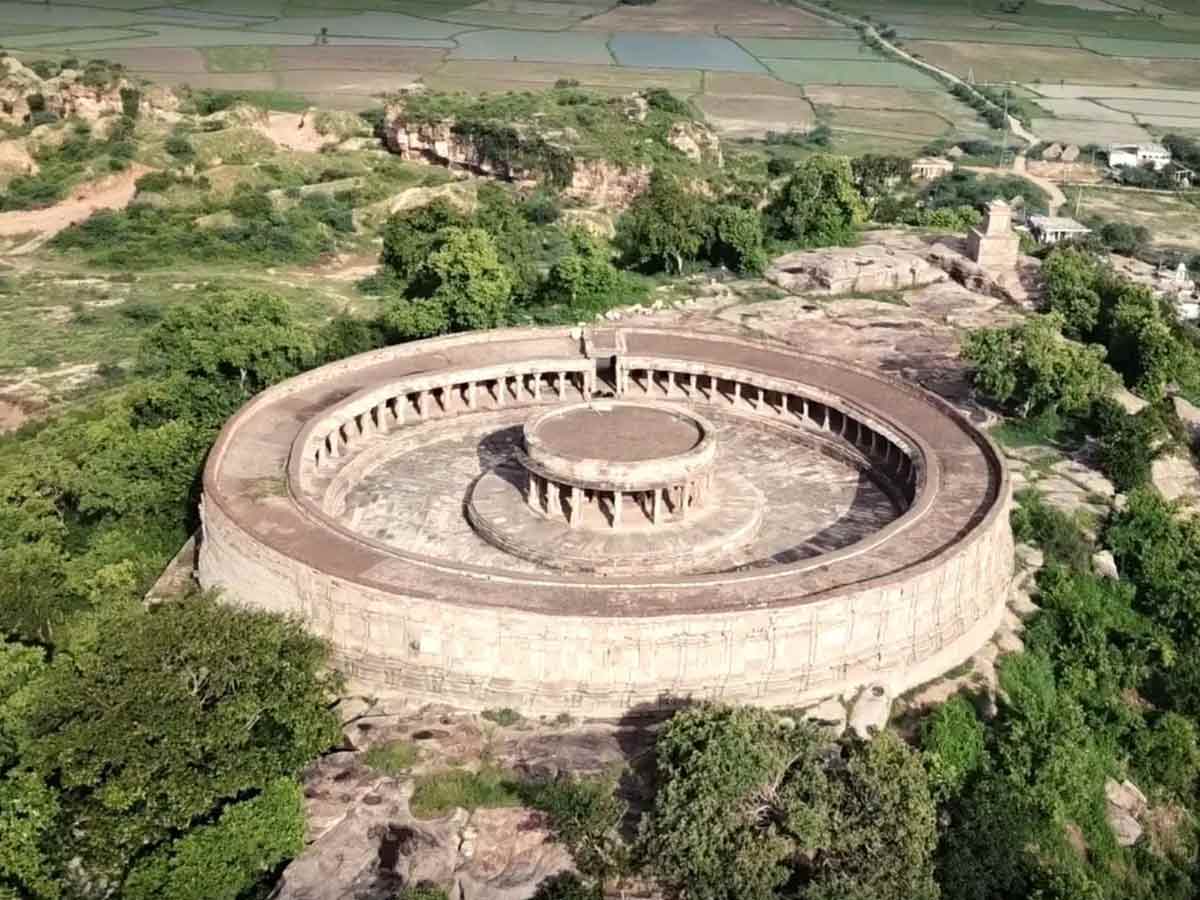The roofless hypaethral shrines to the yoginis, female masters of yoga in Hindu tantra, are broadly equated with goddesses, particularly Parvati, incarnating the sacred feminine force. They were largely unknown and unstudied by scholars until the late twentieth century. Several of the shrines have niches for 64 yoginis and are thus known as Chausath Yogini Temples (also written Chaunsath or Chausathi); others have 42 or 81 niches, implying different sets of goddesses, but are also frequently referred to as Chausath Yogini Temples. Even if there are 64 yoginis, they are not all the same.
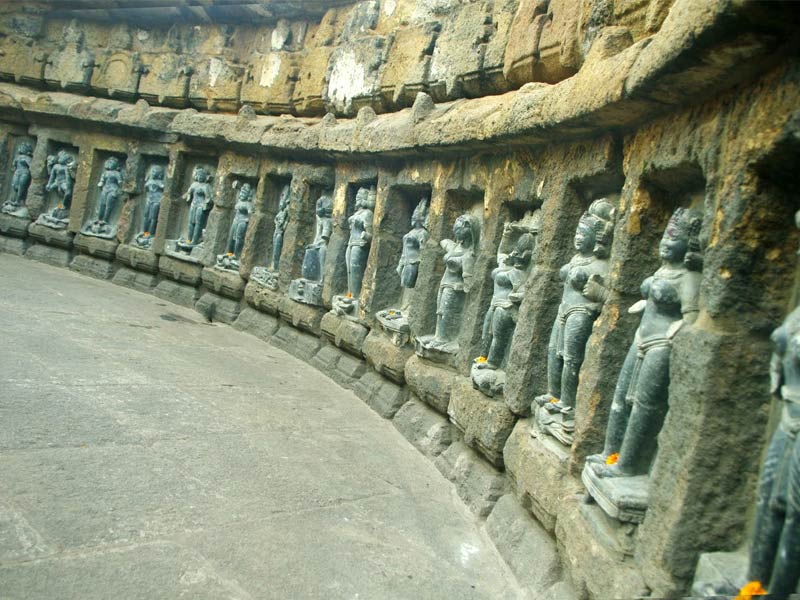
The existing temples have circular or rectangular plans. They are located in the states of Uttar Pradesh, Madhya Pradesh, and Odisha in central and northern India. The locations of lost temples, identified from surviving yogini images, are still spread across the subcontinent, from Delhi in the north and the Rajasthan border in the west to Bengal in the east and Tamil Nadu in the south.
Yoginis first appear in groups of 64 around the 10th century. They appear as goddesses, but human female tantric adepts can emulate “and even embody” these deities, who can take the form of mortal women, creating an ambiguous and blurred boundary between the human and the divine. Yoginis, divine or human, belong to clans; among the most important in Shaiva are the clans of the 8 Mothers (matris or matrikas). Yoginis are frequently theriomorphic, with animal forms, and are depicted in sculpture as female figures with animal heads. Yoginis are thought to be capable of “actual shapeshifting” into female animals and the ability to transform others.
The Chaunsath Yogini Temple of Mitaoli
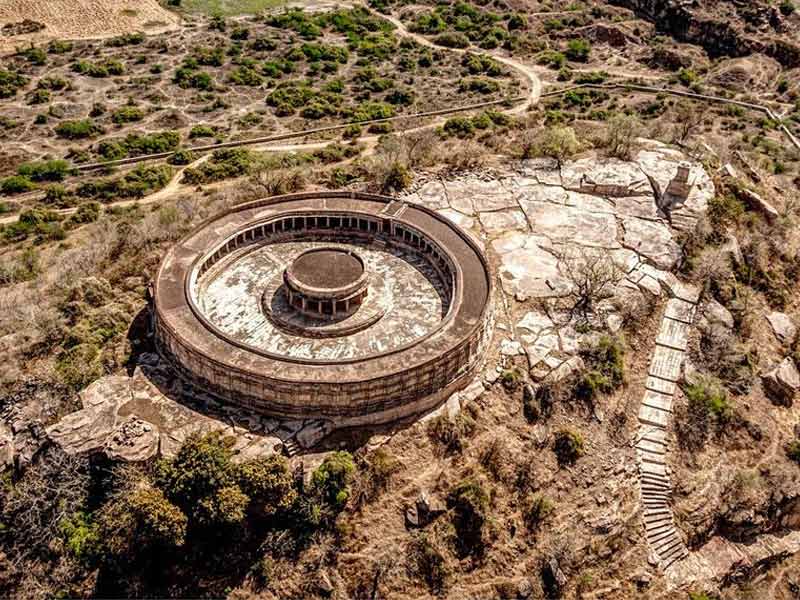
The Chausath Yogini temple is located in Mitaoli village, near Padaoli in Morena district, approximately 40 kilometers (25 miles) from Gwalior. The temple was built by the Kachchhapaghata king Devapala (r. c. 1055 – 1075), according to an inscription dated 1323 CE (Vikram Samvat 1383). It is said that the temple served as a venue for teaching astrology and mathematics based on the transit of the Sun.
The temple is located on a 100-foot (30-meter) hill, with 100 steps leading up to the entrance. It has a radius of 170 feet (52 m) and 65 small chambers on the inside, each with an open mandapa and a facia of pilasters and pillars. The roof of the ring of shrines is flat, as is Shiva’s central shrine; the circular courtyard is hypaethral, open to the sky, and has an open porch as its entrance. This temple has served as the inspiration for India’s parliament building.
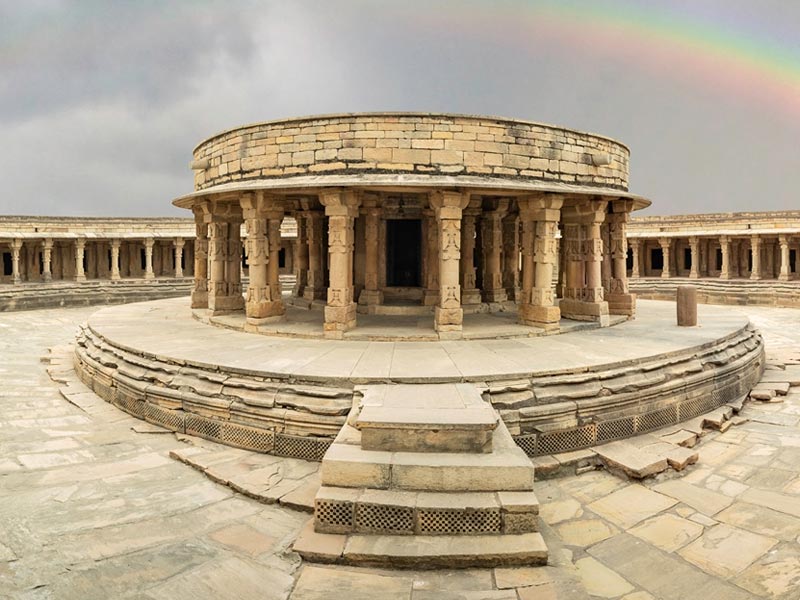
Unlike other Yogini temples, the exterior surface of the outer wall was decorated with statues of couples flanked by maidens, which are mostly now lost or badly damaged.
Also Read, Jhatingri: An Unexplored Traveller’s Paradise
Each chamber around the inside of the perimeter wall now has an image of Shiva. However, these originally contained 64 Yogini images and most likely one image of the great goddess Devi. As a result, the temple is known as the Chausath Yogini Temple. It is said that the roofs over the 64 chambers and central shrine had towers or Shikharas, similar to those at the Chausath Yogini Temple in Khajuraho, but these were removed during later modifications.
The temple is located in Seismic Zone III and has seemingly escaped several earthquakes unscathed. This fact was brought up during a debate in the Indian Parliament about the circular Parliament House’s earthquake resistance, allegedly inspired by the Mitaoli temple.
The Parliament inspiration
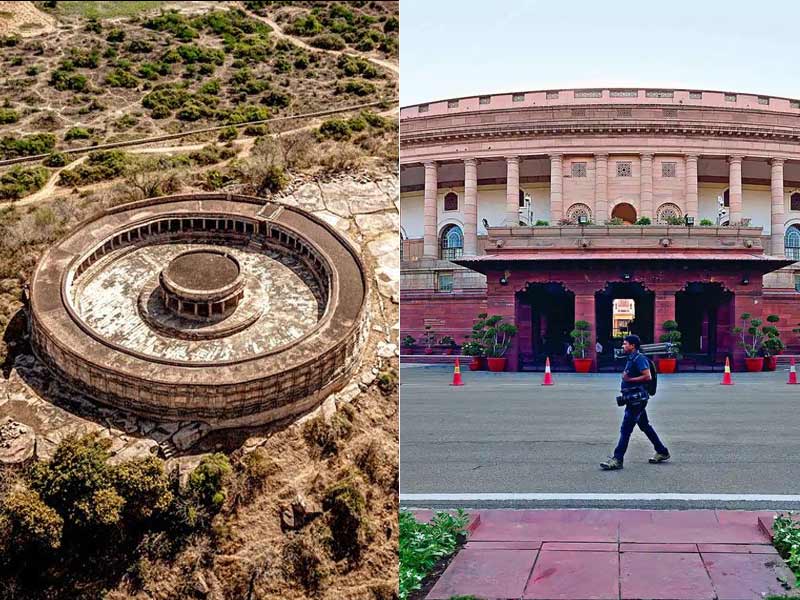
The Chausath Yogini Temple, an 11th century Shiva temple, is at the center of an intriguing debate. Was it the inspiration for the design of the Indian Parliament? This old temple, located in Madhya Pradesh’s Bhind-Morena region, appears similar to the Parliament House in New Delhi. The resemblance is undeniable, but does it imply that the Chausath Yogini Temple inspired the designers of the Indian Parliament?
The temple is located on a hill and has 170 feet. While Sir Edwin Lutyens and Herbert Baker designed the Indian Parliament, Kachchhapaghata king Devapala built the Shiva temple.
The temple’s interior is said to be dedicated to 64 yoginis and contains 64 small chambers. The central shrine, of course, is dedicated to Lord Shiva, and there are perforated slab coverings here to drain rainwater.
The parallels between the Chausath Yogini Temple and the Indian Parliament are striking. On the other hand, historians and archaeologists remain skeptical due to a lack of evidence. While one school of thought holds that Roman architectural marvels inspired the Parliament House and other structures in New Delhi, another holds that they are a hybrid of Indian and Western architectural styles.
How to Get to the Chausath Yogini Temple
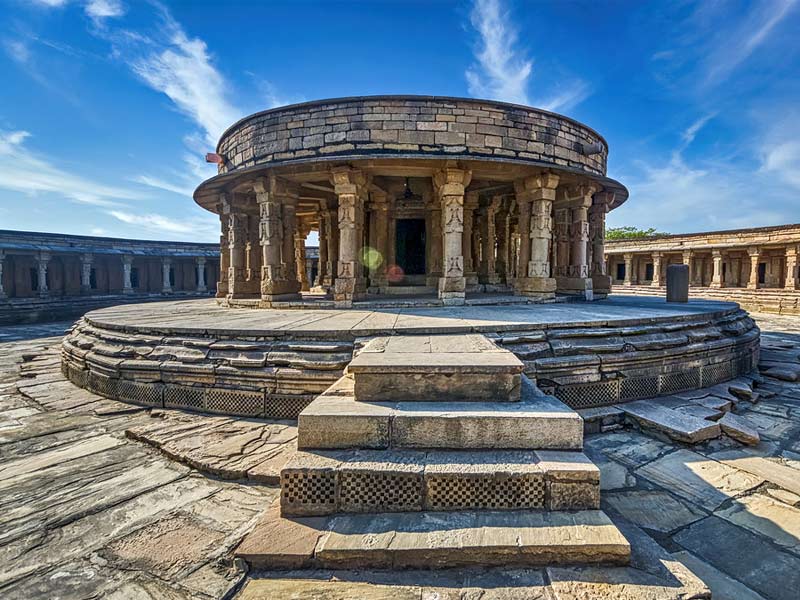
By plane
The closest airport to Mitawali is Gwalior Airport, located approximately 30 kilometers away. Jhansi Airport is 123.9 kilometers away.
By train
The Gohad Road railway station is the closest to Mitawali. The distance between Mitawali and Gohad Road railway station is approximately 18 kilometers. The following are the nearest railway stations and their distances from Mitawali. Gohad Road railway station is 18 kilometers away. Malanpur railway station is 20.0 kilometers away. Morena railway station is 279 kilometers away.
By road
Mitawali is serviced by buses from Morena and Gwalior. It is approximately 25 kilometers from Morena and 55 kilometers from Gwalior.





















